18 pages • 36 minutes read
Langston HughesDreams
Fiction | Poem | Adult | Published in 1923A modern alternative to SparkNotes and CliffsNotes, SuperSummary offers high-quality Study Guides with detailed chapter summaries and analysis of major themes, characters, and more.
Further Reading & Resources
Related Poems
“Children’s Rhymes” by Langston Hughes (1926)
While Hughes doesn’t explicitly mention race in “Dreams,” his speaker in “Children’s Rhymes” directly addresses the racial dynamic of dreams. The speaker—a Black child—grasps that white people have hopes that Black people lack. As the speaker quips, “I know I can’t / be President” (Lines 4-5). The poem also touches on immobility when the speaker states, “We know everybody / ain’t free” (Lines 9-10). The adversity doesn’t defeat the speaker. They challenge the prejudiced status quo and, arguably, hold onto their dreams.
“Harlem” by Langston Hughes (1951)
In “Harlem,” dreams continue to symbolize hope. Instead of a metaphor, Hughes uses a series of unbecoming similes (a comparison using “like” or “as”) to highlight how “a dream deferred” (Line 1) negatively impacts a person's life. The images are as disquieting as the illustrations of the hurt bird and frozen field: There’s a dry raisin in the sun, a festering sore, and a pile of rotting meat. Conversely, Hughes’s speaker allows for mobility. The dream might “explode” (Line 11) on its own and take off despite the repression.
“The Crazy Woman” by Gwendolyn Brooks (1960)
The 20th-century poet and novelist Gwendolyn Brooks subverts “Dreams.
Related Titles
By Langston Hughes
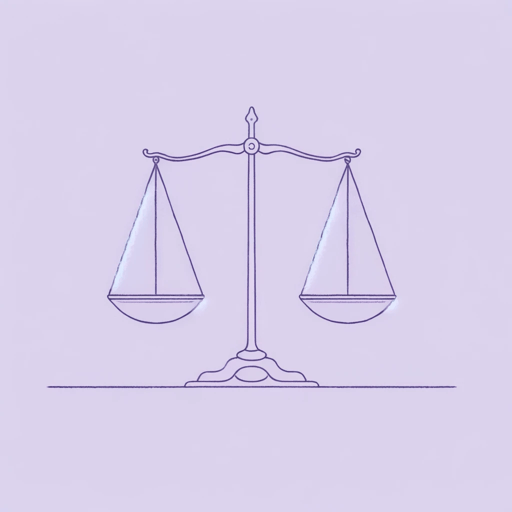
Children’s Rhymes
Langston Hughes

Cora Unashamed
Langston Hughes
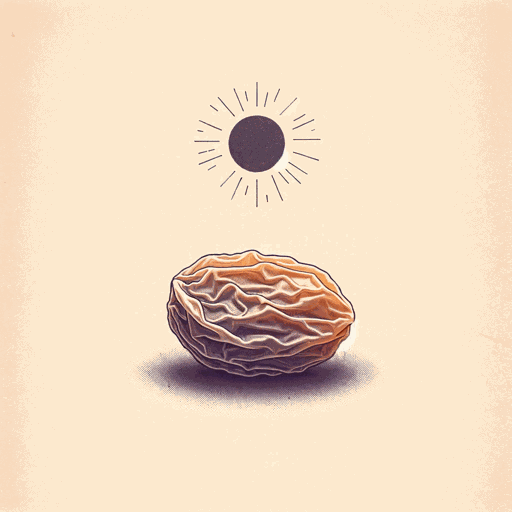
Harlem
Langston Hughes
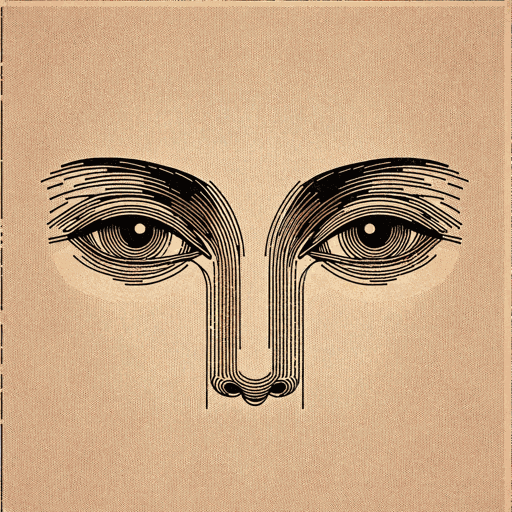
I look at the world
Langston Hughes
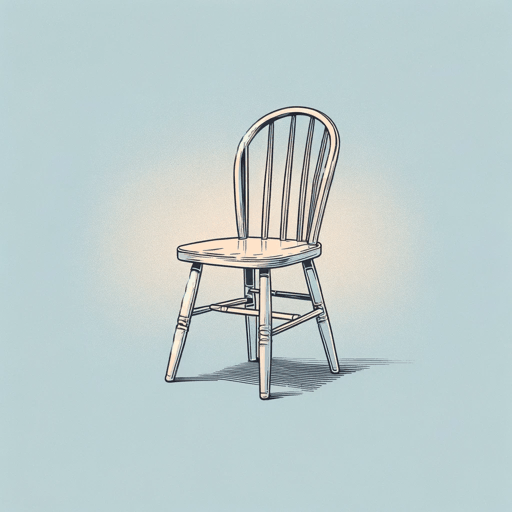
I, Too
Langston Hughes
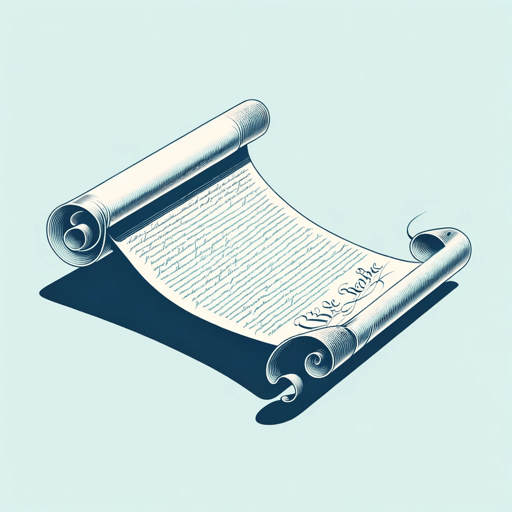
Let America Be America Again
Langston Hughes
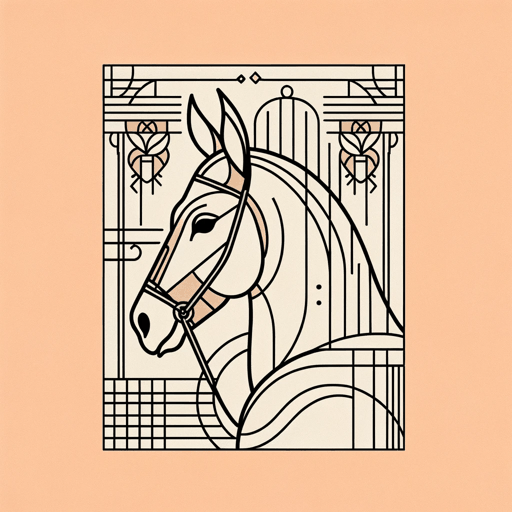
Me and the Mule
Langston Hughes

Mother to Son
Langston Hughes

Mulatto
Langston Hughes

Mule Bone: A Comedy of Negro Life
Langston Hughes, Zora Neale Hurston
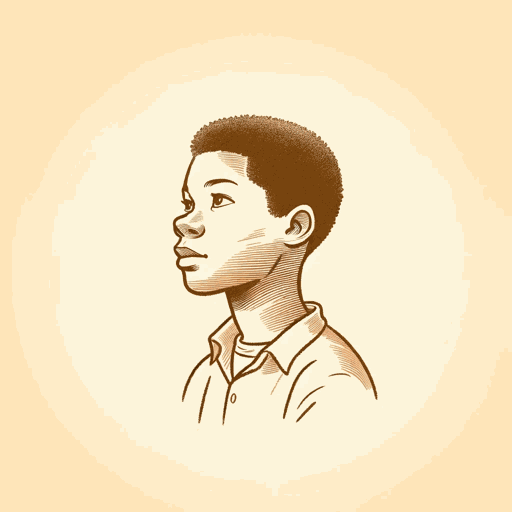
Not Without Laughter
Langston Hughes

Slave on the Block
Langston Hughes
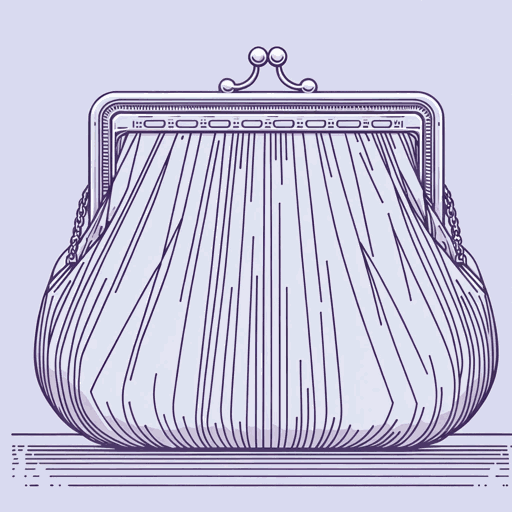
Thank You, M'am
Langston Hughes

The Big Sea
Langston Hughes
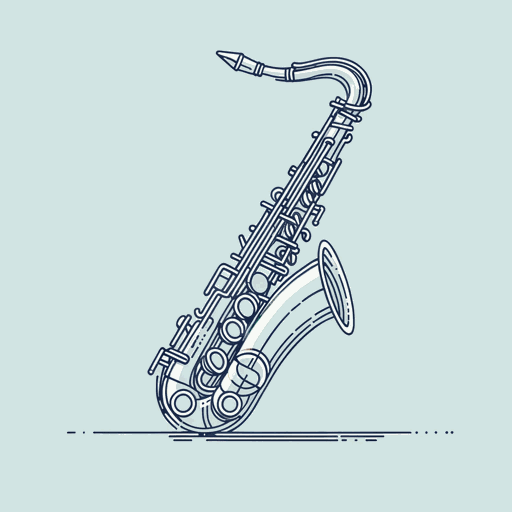
Theme for English B
Langston Hughes

The Negro Artist and the Racial Mountain
Langston Hughes

The Negro Speaks of Rivers
Langston Hughes
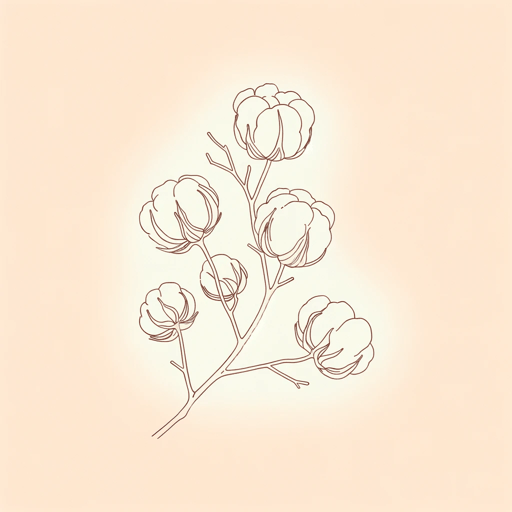
The Ways of White Folks
Langston Hughes
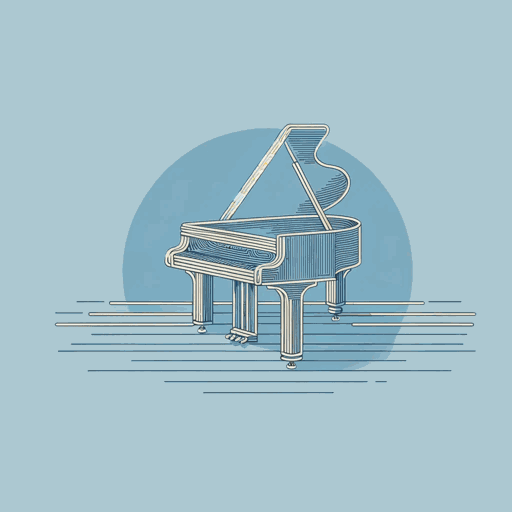
The Weary Blues
Langston Hughes

Tired
Langston Hughes

